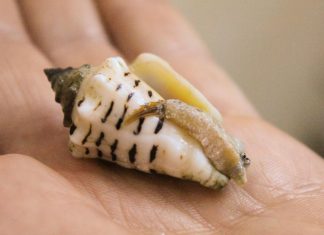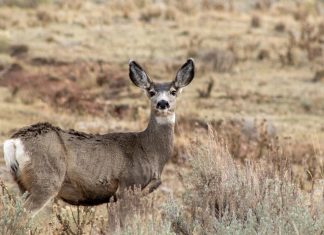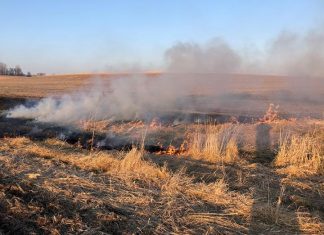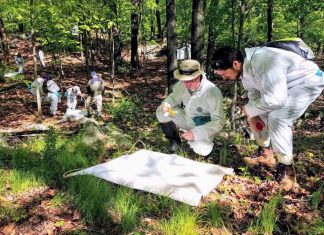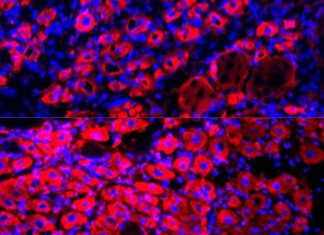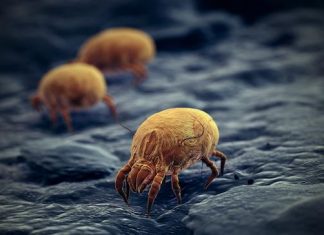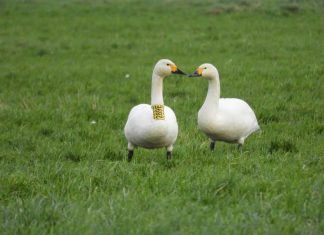Study: Quantum rings in the hold of laser light
Ultracold atoms trapped in appropriately prepared optical traps can arrange themselves in surprisingly complex, hitherto unobserved structures, according to scientists from the Institute of...
Study: Seafood helped prehistoric people migrate out of Africa
Prehistoric pioneers could have relied on shellfish to sustain them as they followed migratory routes out of Africa during times of drought, a new...
Research reveals impacts of climate change on migrating mule deer
When drought reshuffles the green-up of habitats that mule deer migrate across, it dramatically shortens the annual foraging bonanza they rely on.
That is the...
Study: Crop residue decisions affect soil life
In some ways, farming is like cooking. Cooking would be much easier if we could leave the kitchen after eating and not come back...
Study: A carbon sink shrinks in the arctic
New research by University of Delaware doctoral student Zhangxian Ouyang and oceanographer Wei-Jun Cai, and an international team of researchers, demonstrates that rapid warming...
Study: National tick surveillance survey identifies gaps to be filled
New Cornell-led research shows that inadequate funding is the main barrier to better surveillance and control of ticks, including the blacklegged tick, which spreads...
Study: Diluting blood plasma rejuvenates tissue, reverses aging in mice
In 2005, University of California, Berkeley, researchers made the surprising discovery that making conjoined twins out of young and old mice -- such that...
Study: Team led by Children’s Hospital LA researcher generates developmental map of human T-cells
Chintan Parekh, MD, of the The Saban Research Institute of Children's Hospital Los Angeles, has led a team of investigators that generated a comprehensive...
Researchers uncover immune cells that may lower airway allergy and asthma risk
The world is full of house dust mites. Do some cleaning, and you'll probably stir some up. While everyone has immune cells capable of...
Study: Where have the swans gone?
Nearly 13 kilometres per year: that is the rate at which the wintering area of Bewick's swans has shifted east over the past 50...


